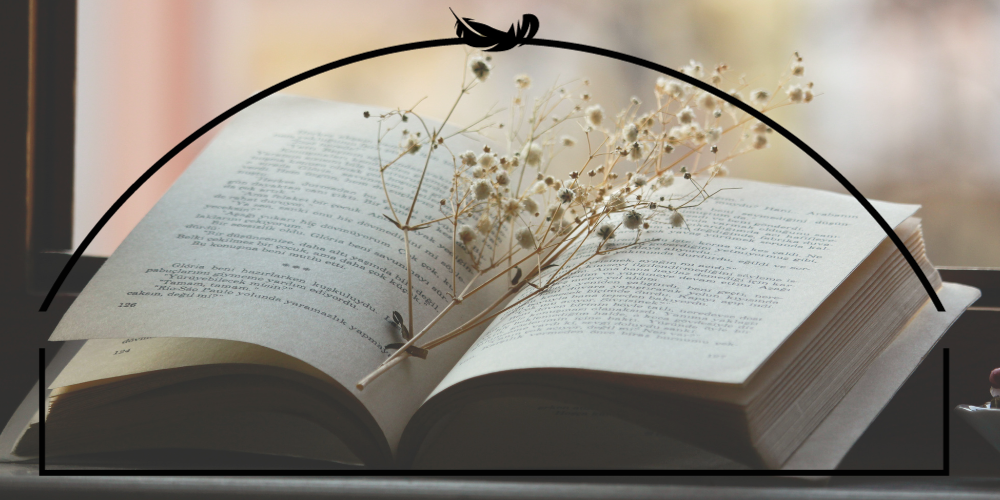Sigil Witchery by Laura Tempest Zakroff explores the practice of creating art based sigils. It considers the ways we use art to symbolically represent the world around us and how that same symbolism can be applied to making sigils. While the overall result is the same, in that practitioners are creating an abstract image sigil, it is unlike the more common language based sigil structures used in magic because it starts with artistic symbols and weaves them into a new abstract talisman.

Sigil Witchery was published in 2018 and written as a response to Zakroff’s workshop participants encouraging her to create a book out of her sigil method and ultimately this shows through the writing. What was likely an excellent workshop becomes a rather simplistic book that doesn’t have enough content to carry the 268 pages of text.
The first chapter of the book covers a hodge podge history of art symbols, from Von Petzinger’s discovery of 32 symbols in European cave art to the Vodou (her spelling) Veve (which arguably feels like it heavily influences her artistic sigil structure). From there she explores a shopping list of shapes such as circles, dots, lines, arrows, etc and their potential meanings. Example: vertical lines can unite above and below while a group of vertical lines can represent pillars or tally marks. She does this for 36 pages*. It’s not that it’s uninteresting per se. It just felt a bit too much. From there we go into numerology, astrology, colour symbolism and more.
This is where the text clearly becomes one that is geared towards the newer practitioner. For an experienced practitioner, this dictionary of magical language is unnecessary. The experienced practitioner would, in theory (and I’ll own my own magical training bias here), only need a 1-2 page explanation or suggestion list of things that could be included into the process and then be left to fill in the rest according to their own method.


Suffice to say, the rest of the text follows this pattern. Zakroff showcases the variety of ways she’s put sigils to work in her art and personal practice, some of which is lovely and inspirational (if not sometimes a little troubling to me because it can feel a little like she’s making the magical a bit too mundane at times).
Moreover, while the conversational tone of the book made it an easy read, sometimes it felt too focused on her, the author, over the practitioner. I recognize though that this is the current trend in modern pagan texts. She takes on the role of personal confidant (sharing her own stories), art school teacher (discussing Micron pens and other art supplies), and encouraging experimenter (try all these different ways and find what you love). I think Zakroff’s strengths in the book are that she really gives practitioners permission to play and experiment, which is something that can feel taboo and she gives an abundance of examples of types of sigils and ways to create and use them. Want to make plant inks aligned with the planets, Go for it and have fun. Needle work sigil? Why not? Group sigils – here’s what I do to make them for others vs what I do on my own.
I enjoyed the ideas Zakroff presented. I just wished that she’d had a more judicious editor. I wish that I had attended her workshop. I think she could turn this book into a fascinating virtual workshop. But as a book? It felt padded and bit more like a dictionary for newer practitioners than a deep dive into sigil work. But maybe that was the point!
Intended audience: High beginner or low intermediate practitioner (you decide what that means to you!)
Rating: 3/5
*Note: I was reading the ebook version so perhaps this differs in a printed version.

